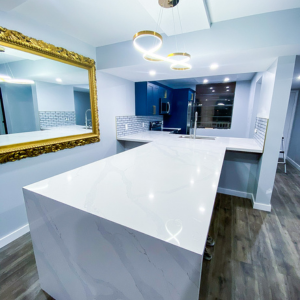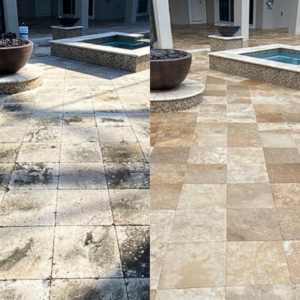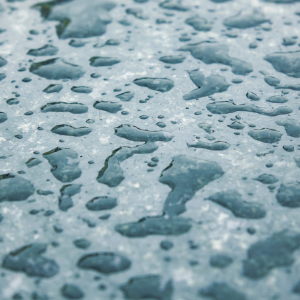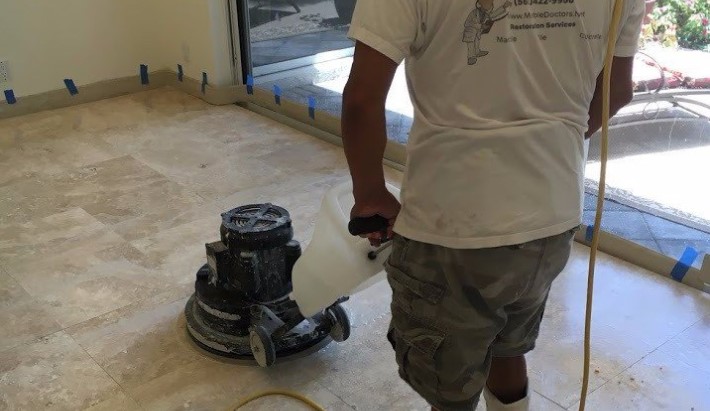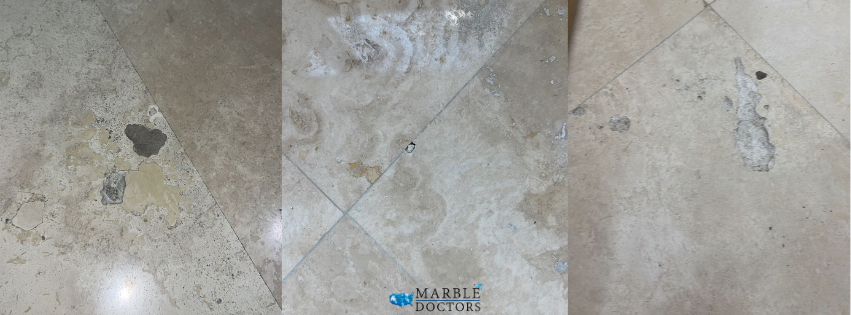
Image shows our 3 different clients with case of crystallization problem on marble floor.
Crystallization, a widely used but often misunderstood method in natural stone care, can inadvertently cause damage to floors. In this exploration, we delve into the impacts and intricacies of crystallization on flooring surfaces.
Throughout our extensive years of experience, we’ve been involved in a wide array of projects involving natural stone.
Among these, marble restoration stands out as one of the most prevalent.
We frequently receive inquiries ranging from ‘How can I maintain that lustrous shine?’ to ‘What’s the most cost-effective approach?’ Typically, many restoration companies immediately recommend ‘crystallization’ as the solution.
But what exactly does crystallization entail? Let’s delve into its advantages and disadvantages.
Crystallization
This technique, also known as vitrification, involves the use of a chemical and steel wool pads to generate friction and heat on the marble’s surface, ultimately achieving a high-gloss finish.
It’s a commonly employed method for maintaining high-traffic areas that require a consistent shine, such as hotel lobbies.
The primary chemical used in the crystallization process is fluorosilicone, which contains enamel wax and acid.
Using acid on calcite stone may seem counterintuitive since acids are typically detrimental to stone and a major cause of etching.
In this case, however, the acid serves to break down the calcium carbonate, allowing it to bond with the fluorosilicate and form a new compound known as calcium fluorosilicate.
This chemical alteration toughens the stone’s surface, but it can also lead to spalling and cracking.
Damages to the floor caused by crystallization
While this process provides an immediate shine, it introduces several long-term issues, including:
- Cost: Since crystallization involves wax, the shine diminishes quickly, necessitating frequent repetition of the process. The initial high gloss is short-lived, requiring the restoration company to return for further applications;
- Scratches: Pre-existing scratches remain on the surface after crystallization, albeit now with a shiny appearance. These scratches tend to accumulate dust and dirt throughout the day;
- Discoloration: Some clients have reported their stone taking on a slight orange-red hue. This unusual discoloration results from iron residue left behind by the steel wool pads, eventually rusting within the stone;
- Spalling and Cracking: As mentioned earlier, the crystallization process hardens the surface, causing the stone to become brittle and prone to drying, cracking, and chipping;
- Health Risks: When employing the crystallization method, it’s essential to request the Material Safety Data Sheet (MSDS) for the specific crystallization chemical in use. Often, these chemicals cannot be used indoors and may lead to skin rashes, eye irritations, and respiratory issues.
While it can provide a short-term, cost-effective solution for budget-conscious clients, it’s imperative that they fully grasp the potential consequences.
Continued crystallization processes can lead to the deterioration of the stone, ultimately necessitating replacement.
Throughout our extensive experience, we’ve observed the damage that it does can inflict on both residential and commercial environments.
For further insights on how crystallization can also pose health hazards, you can watch this interview with Dr. Fred Hueston.

